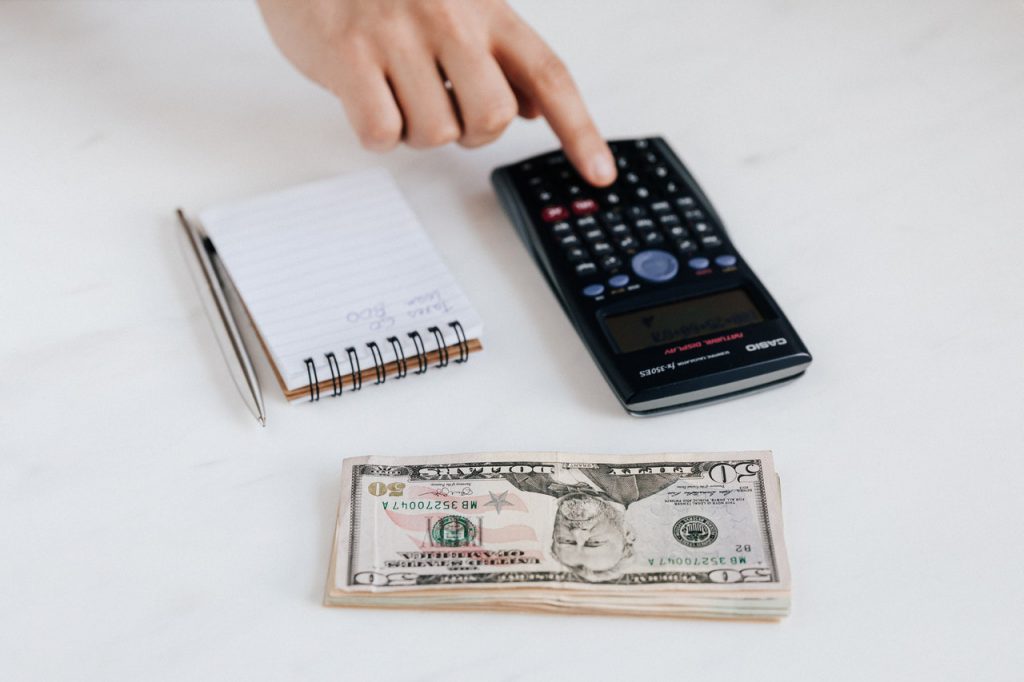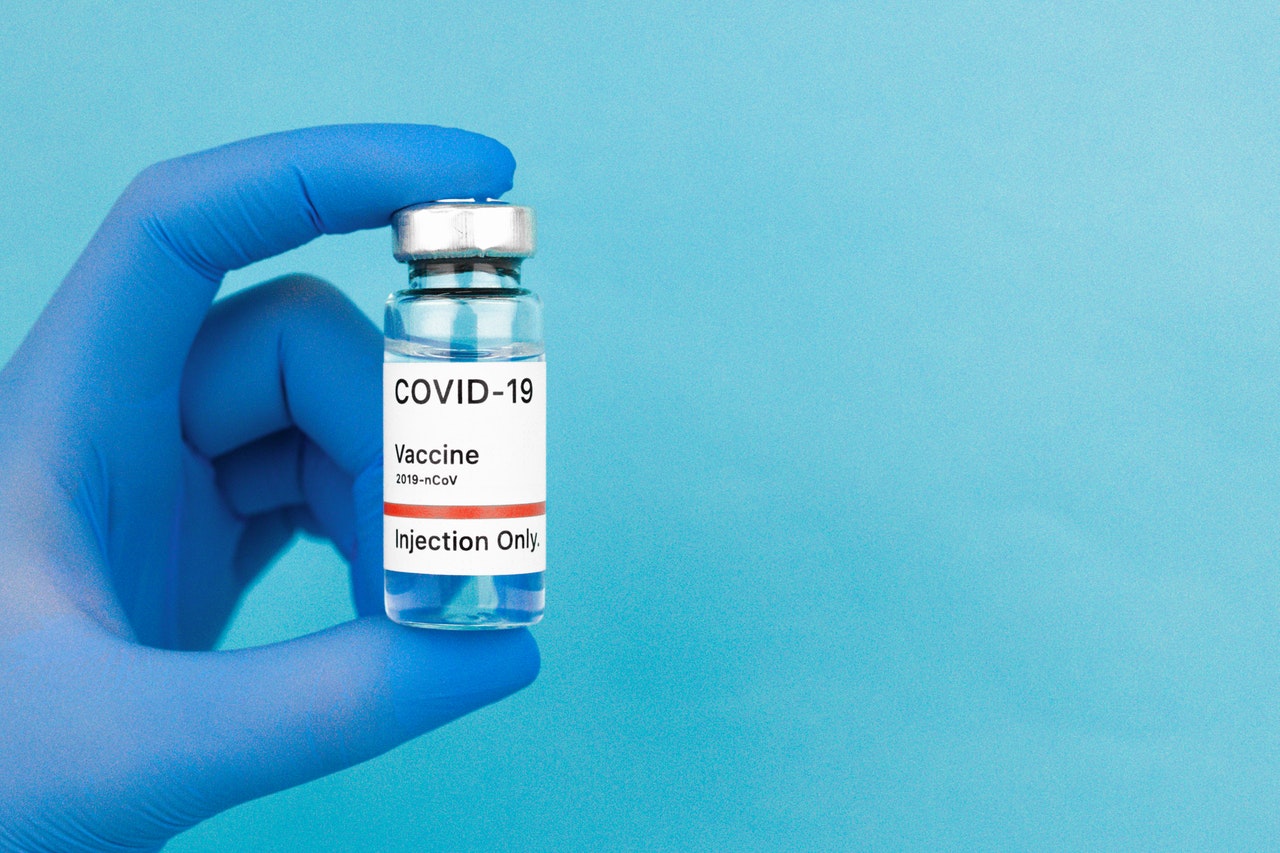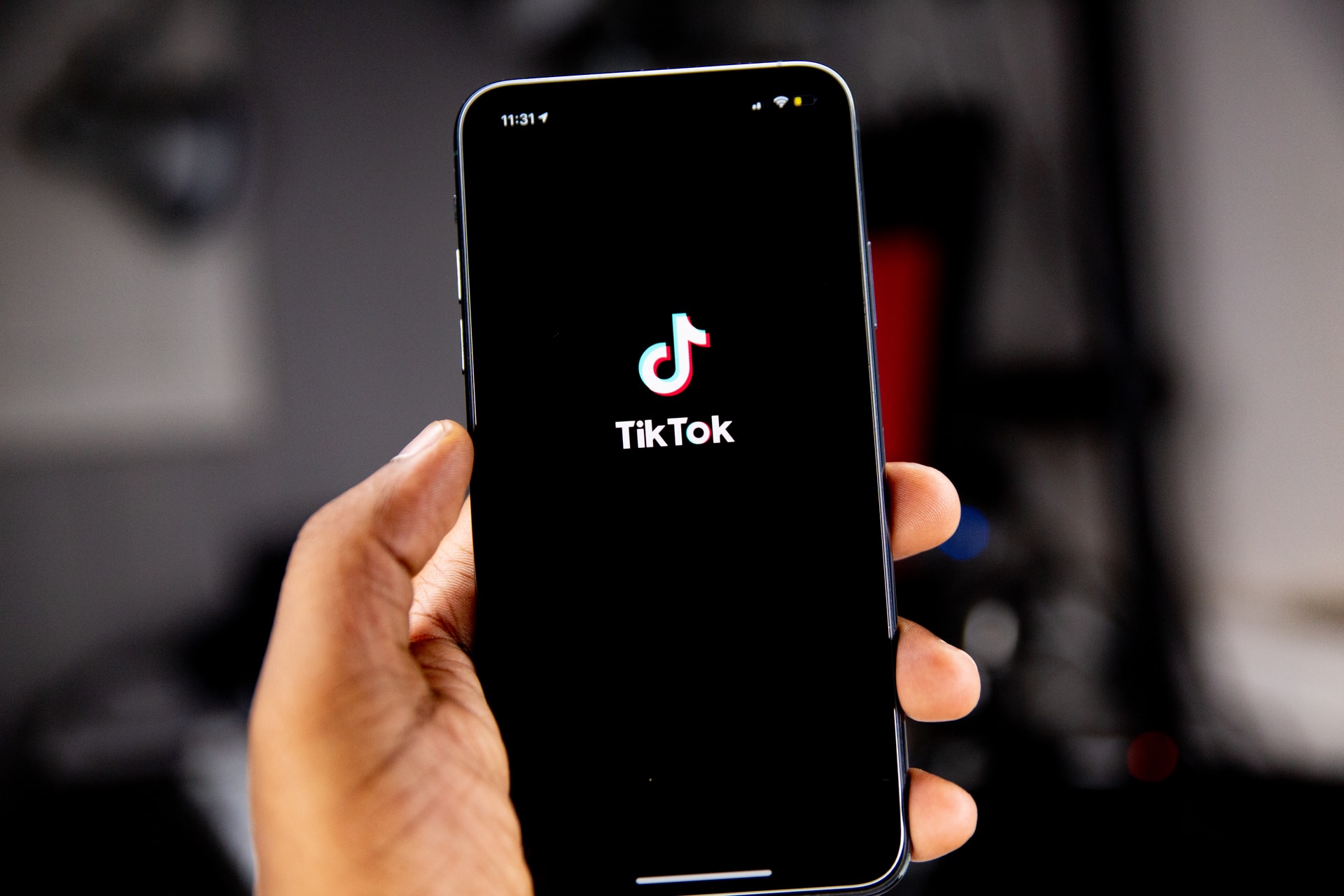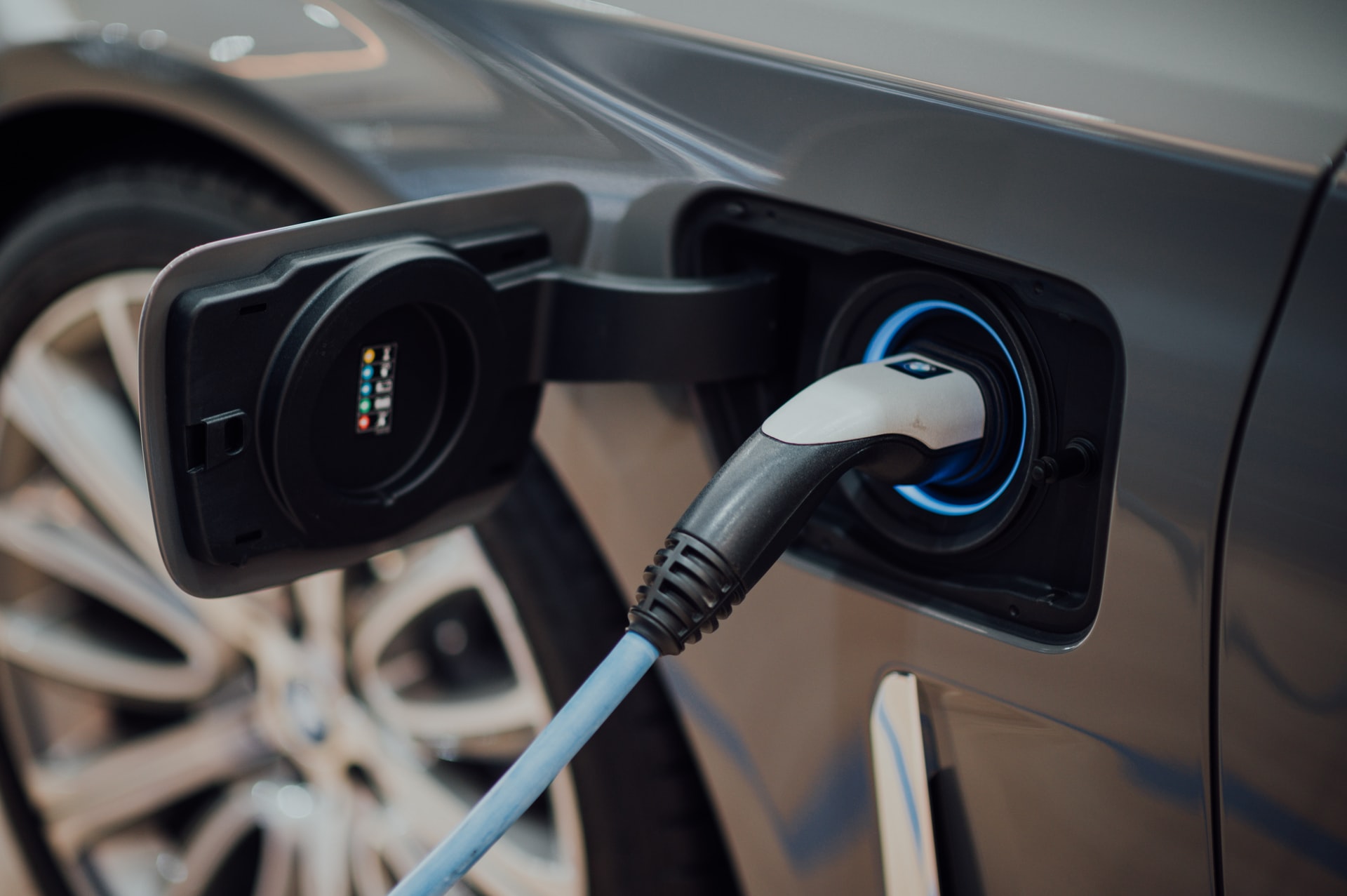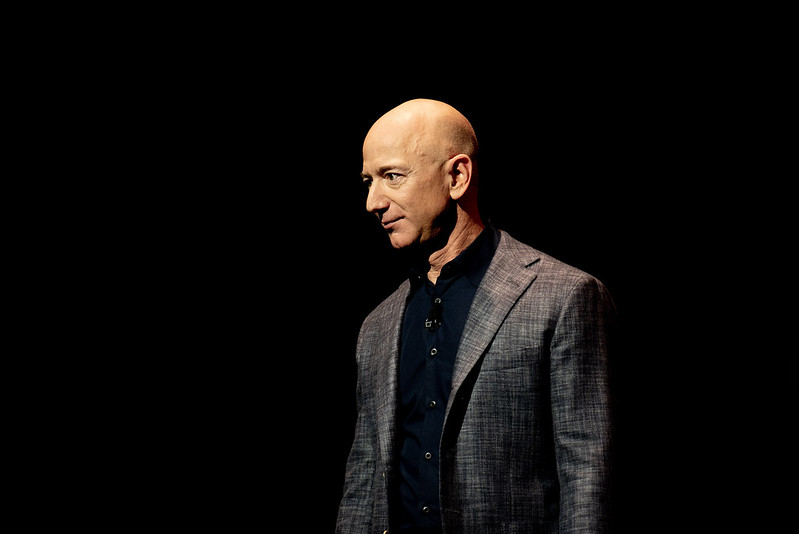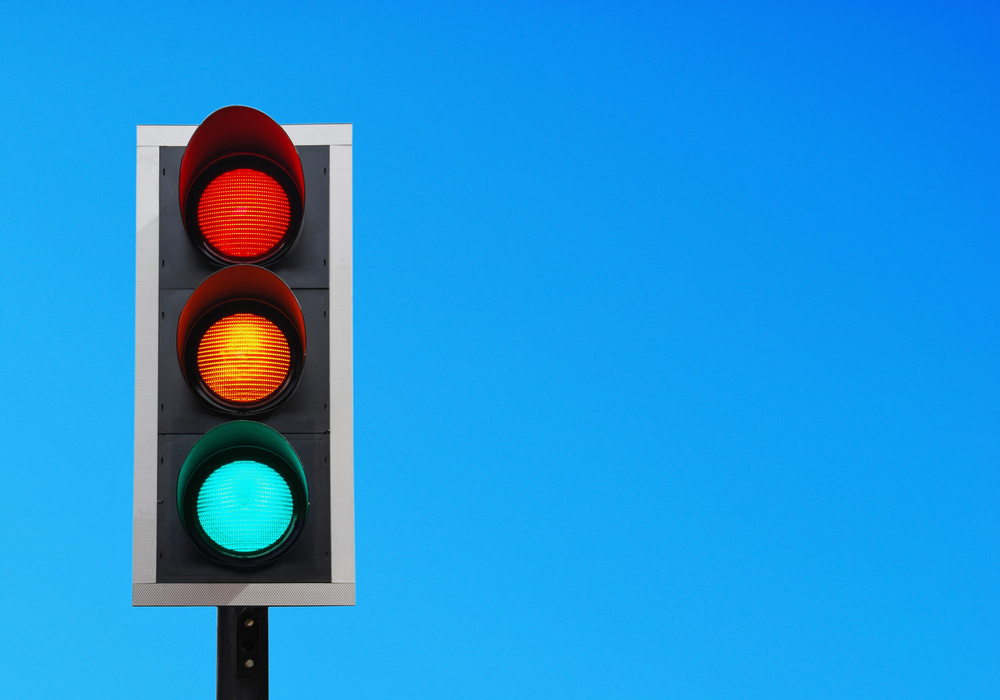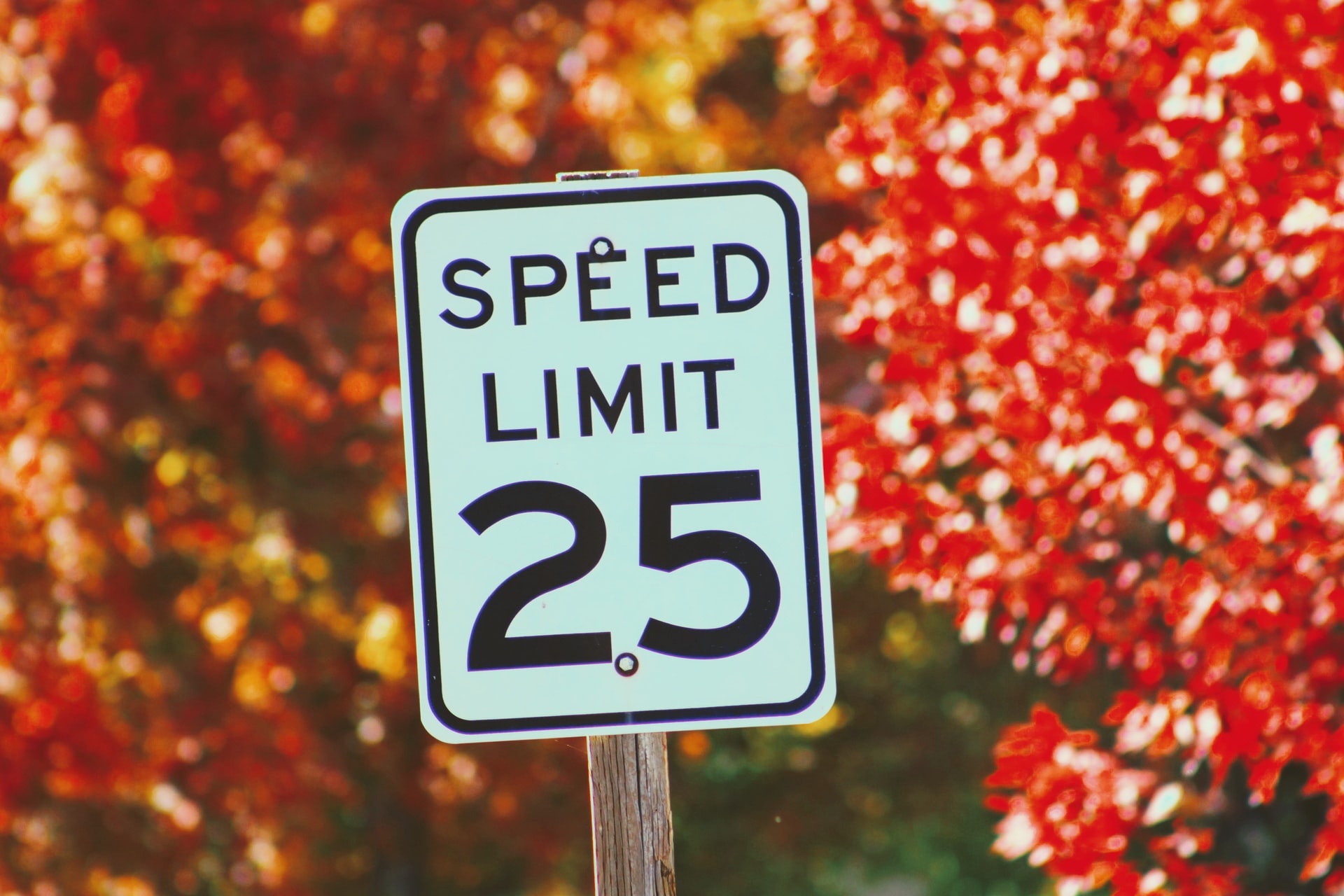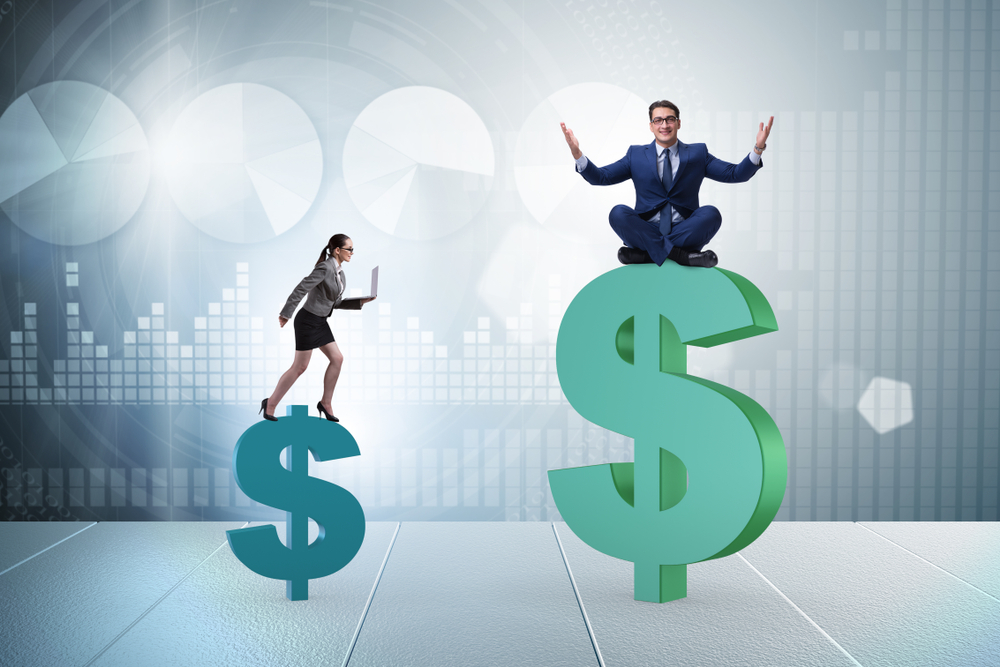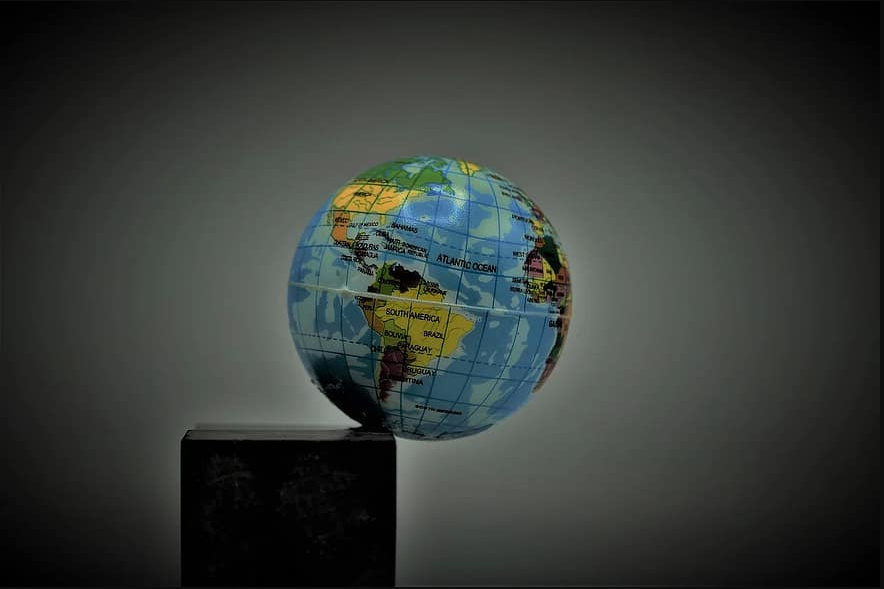Reading Time: 2 minutes
- Each of us is a buyer (e.g. of milk) and a seller (e.g. of your services to your employer).
- Since one person’s spending, is another person’s income, buying and selling is what drives the economy.
- But buyers and sellers don’t always deal with money; sometimes they pay each other in credit; so, total spending = Money + Credit;
- And credit moves faster than income because any two people can create it from thin air – you buy milk and the vendor agrees for a late payment; credit is created while income generation is not so simple.
- If you look closely, credit works in cycles: More people borrowing >> more spending >> more profit to businesses >> more salaries to employees >> more credit worthiness >> more borrowing >> more spending and so on… leading to more demand.
- When the economy is doing poorly, ‘increase in demand’ is what the government wants; demand increases when credit increases.
- And the central bank (RBI in India, RBA in Australia) increases credit by reducing the interest rates because people borrow more when interest rates are lower and less when interest rates are higher.
- But people don’t borrow directly from central banks, they borrow from commercial banks, which borrow from the central bank every now and then.
- Commercial banks borrow money from the central bank as a secured?For Repo Rates, loans are taken by depositing something that central bank considers as valid security e.g. bonds. loan or an unsecured loan; the interest rate that the central bank charges on secured loan is called the Repo Rate and interest it charges on unsecured loan is called Bank Rate.
- When commercial banks have access to lower interest rates, they pass along lower interest rates to the consumers, thus making credit cheaper and creating demand.
- When the demand is high, the prices shoot up; now too much inflation is also not good because poor people suffer and your money loses??e.g. your income is $50 and you could buy 50 pens last year but now you can buy only 45 because there was higher demand and prices went up, so your $50 are worth 45 pens now. They have devalued. value, so the central bank intervenes again and increases interest rates.
- When interest rates go up, the borrowing reduces and people start spending less.
- Less spending means less demand than production and prices fall, causing deflation.
- Deflation means businesses making less profit, employees making less money, laying off of people; so it is very bad for everyone, so the central bank has to lower the interest rates again.
- A typical deflation-to-inflation-to-deflation cycle lasts for about 5-8 years.
- Loans to commercial banks (with or without security*) may be known by different names across different countries, but the basic premise is the same: when Banks-To-Banks interest rates move, Banks-To-Consumers interest rates move and help regulate the spending.
Image courtesy of Karolina Grabowska through Pexels
Reference shelf :

